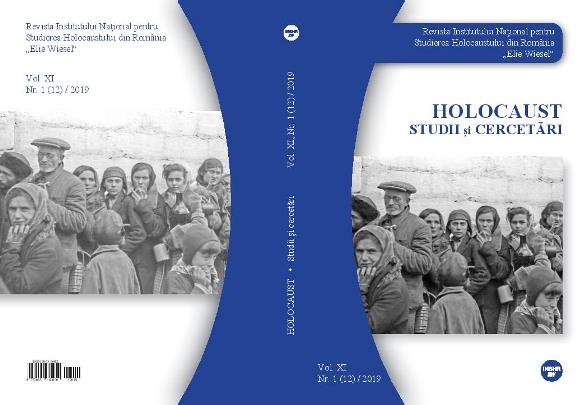The Holocaust Theatre in Romania (1941-1958)
The Holocaust Theatre in Romania (1941-1958)
Author(s): Mihai LukácsSubject(s): Theatre, Dance, Performing Arts, Visual Arts, Aesthetics, Culture and social structure , WW II and following years (1940 - 1949), Post-War period (1950 - 1989), History of the Holocaust, Ethnic Minorities Studies, Sociology of Art, Politics of History/Memory
Published by: Institutul National pentru Studierea Holocaustului din Romania ELIE WIESEL
Keywords: Theatre; IKUF; drama; State Jewish Theatre; Mansdorf;
Summary/Abstract: In the late 1940s, the Jewish theatre initiated the so-called performative reflection on theHolocaust in Romania, at a time when this art form simply did not exist internationally.This was possible due to the specific situation of the Yiddish theatre in Romania, includingthe large Jewish audiences which were familiar with progressive plays referring to actualissues of the Jewish community. Beginning with the IKUF Theatre, under the managementand directorship of Iacob Mansdorf, in 1945, the Yiddish theatre displayed the devastatingresults of the Holocaust upon the Jewish communities and tried to provide an artistic formulaso as to respond to the political necessity of condemning fascism, in anticipation of a worldin which anti-Semitic atrocities were no longer possible. One such plays was Night Shift (thefirst performance staged by the newly established State Jewish Theatre in 1948). Followingthe tradition of Abraham Goldfaden’s theatre from the end of the 19th century, the Holocausttheatre made use of various aesthetic and narrative, innovative forms, from Stanislavski’srealism to Brecht’s techniques, but all this faded away in the late 1950s.
Journal: Holocaust. Studii şi cercetări
- Issue Year: XI/2019
- Issue No: 12
- Page Range: 175-202
- Page Count: 28
- Language: English
- Content File-PDF

